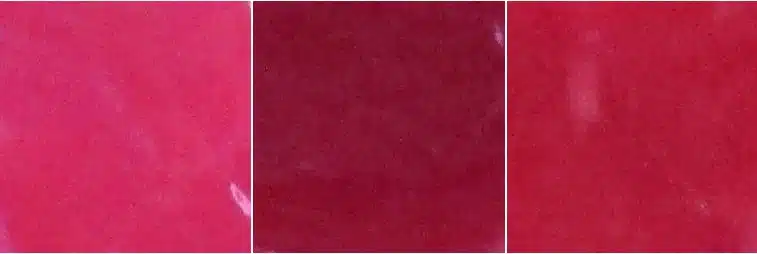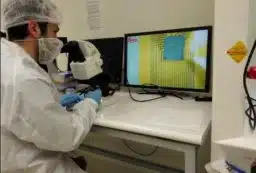A ‘threshold’ for the colour we will accept in beef has been found by NSW scientists, and may help prevent food wastage.
“We like beef that has a bright red colour. But how would you describe this colour to someone over the phone—would you say the same colour as a fire-truck or a sort of cherry red? We needed a way to quantify what people view as an acceptable colour,” says Dr Benjamin Holman, a meat scientist at the NSW Department of Primary Industries who led the work.
Meat scientists use colorimeters to provide numerical data points to define beef colour because these are repeatable, reliable and easy to share. But only now has this data been benchmarked against consumer preference for beef colour.
Based on a survey of more than 2,500 people from around the globe, his team found that beef with a relative redness value greater than 14.5 was acceptable.
The team found that consumer nationality did not impact on this preference—with the survey distributed using an online platform and collected responses from 34 countries, including Australia, China, USA, Poland, and Canada.
The finding could help improve understanding of how customers will respond to retail meat.
“Butchers could use this to discount beef before it develops an unacceptable colour and ensure it doesn’t become ‘food waste’. Farmers could change their production system to produce beef with shelf appeal. Processors can adopt packaging and preservation methods to match this threshold and promote Australia’s reputation for quality beef,” Ben says.
The study was supported by the NSW Department of Primary Industries and the Australian Meat Processor Corporation.
It was published in the journal Meat Science, at https://doi.org/10.1016/j.meatsci.2017.01.005
Banner image: Three examples of beef colour swatches used in the survey. Their relative redness values, from left to right: 23.5, 19.8, 25.2. Credit: Benjamin Holman





 Fresh Science is on hold for 2022. We will be back in 2023.
Fresh Science is on hold for 2022. We will be back in 2023.